It would be nice if all skincare formulas were made with acne prone skin in mind, but in reality, having acne means paying a little extra attention to checking if there are acne-causing ingredients in our products.
In this article, we will review what the top pore-clogging ingredients are, share a list of the comedogenic rating of the common skincare ingredients, and explain what it all means for those with acne-prone skin.
What does a comedogenic rating mean?
A comedogenic rating measures an ingredient's likelihood of clogging pores. "Comedones" are clogged hair follicles caused by a buildup of keratin (skin debris) and sebum. Higher ratings means it's more likely to block pores and trigger acne.
0 – non-comedogenic
1 – slightly comedogenic
2-3 – moderately comedogenic
4-5 – highly comedogenic
But keep in mind this rating was developed in 1972 by putting high concentrations of these single ingredients on rabbit's skin, so each individual may respond differently to the comedogenic rating of an ingredient. We'll touch more on that later.
Top Pore Clogging Ingredients To Avoid

1. Cocoa Butter
Comedogenic Rating: 4 It is very high on the pore clogging scale, however cocoa butter also has beneficial properties and it can add moisture to the skin.
If cocoa butter is near the very top of the ingredients list of a product you're using, consider switching your product out for a few weeks to see if your acne improves.
2. Coconut Oil or Butter
Comedogenic Rating: 4. While coconut butter is likely to clog pores, again you have to see how high up in the ingredient list it is. If it is lower on the list, it may not affect your skin.
3. Acetylated lanolin Alcohol
Comedogenic Rating: 4-5. Not all alcohols are bad, in fact fatty alcohols could hydrate skin, but a type of alcohol called Acetylated lanolin alcohol has a high comedogenic rating and can go deeper into the pores making it potentially clog pores.
4. Laureth-4
Comedogenic Rating: 5. It can be either a surfactant or detergent, it doesn't really have skin benefits and has the highest comedogenic rating of 5.
5. Cetyl acetate
Comedogenic Rating: 5. A type of waxy solid usually found in makeup.
6. Isopropyl Isostearate
Comedogenic Rating: 4-5. High on the comedogenic scale, used in skincare as an emollient.
7. Lauric Acid
Comedogenic Rating: 4. This ingredient may have mixed results, while it has a high comedogenic rating, there are also lab studies that showed that it reduces p.acnes bacteria.
8. Lanolin
Comedogenic Rating: 4 lanonin is derived from sheep's rool and found in a lot of skincare but could cause problems for acne prone skin.
9. Petroleum Jelly
Comedogenic Rating: 0 Petroleum Jelly is considered non-comedogenic, so why is it on here? While petroleum jelly isn't comedogenic, it is highly occlusive because it forms a protective seal on top of the skin, causing any excess sebum, sweat, or acne bacteria also sealed in against the skin that can lead to more breakouts.
Petroleum jelly, was initially deemed highly comedogenic in the original study in the 70's but has since been changed to non-comedogenic.
10. Silicones
Comedogenic Rating: 1
Silicones are low on the comedogenic rating, but highly occlusive similar to petroleum jelly which can trap acne bacteria, sweat, or excess sebum onto skin.
If you suspect silicones area breaking you out, the forms of silicone include dimethicone, methicone, trimethicone, cyclopentasiloxane, and cyclotetrasiloxane.
List Of Comedogenic Ingredients with their Pore Clogging Rating
Here is a fairly extensive list of ingredients and their comedogenicity ratings based on the original models.
Pay particular attention to the 4-5 ratings, and only if they’re within the first few ingredients of a product.
Keep in mind that just because something is low on the comedogenicity scale doesn’t mean it won’t be problematic for your skin and vice versa.
Guide: 0-1 Not pore-clogging. 2-3 Moderately Pore Clogging. 4-5 Highly Pore clogging, avoid if they are near the top of the ingredient list.
Black walnut extract (0)
| 0-1 | 2-3 | 4-5 |
| Acetone (0) | A & D additive (2) | Acetylated lanolin alcohol (4-5) |
| Acetylated lanolin (0) | Ascorbyl palmitate (2) | Cetearyl alcohol + ceteareth-20 (4) |
| Allantoin (0) | Butyl stearate (3) | Cetyl acetate (4) |
| Almond oil (1-2) | Capric acid (2) | Cocoa butter (4) |
| Aminomethylpropylamine (0) | Ceteareth-20 (2) | Coconut butter (4) |
| Ammonium lauryl sulfate (10%) (0) | Cetearyl alcohol (2) | Ethylhexyl palmitate (4) |
| Anhydrous lanolin (0-1) | Cetyl alcohol (2) | Glyceryl-3-diisostearate (4) |
| Apricot kernel oil (1-2) | Cotton seed oil (3) | Isocetyl alcohol (4) |
| Archidic acid (1-2) | D & C red #17 (3) | Isopropyl isostearate (4-5) |
| Avocado oil (0-3) | D & C red #19 (2) | Isopropyl linoleate (4-5) |
| Babassu oil (1) | D & C red #21 (2) | Isopropyl myristate (5) |
| Beeswax (0-2) | D & C red #27 (2) | Isostearyl isostearate (4) |
| Behenic acid (0) | D & C red #3 (3) | Lanolin acid (4) |
| Behenyl erucate (0) | D & C red #30 (3) | Laureth-4 (5) |
| Behenyl triglyceride (0) | D & C red #36 (3) | Lauric acid (4) |
| Bentonite (0) | D & C red #4 (2) | Myristyl lactate (4) |
| D & C red #40 (2) | Myristyl myristate (5) | |
| Butylene glycol (1) | Decyl oleate (3) | Oleth-3 (5) |
| Candelilla wax (1) | Di-(2-ethylhexyl) succinate (2) | Oleyl alcohol (4) |
| Caproic acid (0-2) | Dioctyl malate (3) | PEG-16 lanolin (Solulan 16) (4) |
| Caprylic acid (1) | Dioctyl succinate (3) | Polyglyceryl-3-diisostearate (4) |
| Carbomer 940 (1) | Eicosanoic acid (2) | PPG-5 ceteth-10 phosphate (4) |
| Carboxymethylcellulose (0) | Ethylhexyl pelargonate (2) | Steareth-10 (4) |
| Carboxypropylcellulose (1) | Evening primrose oil (3) | Stearyl heptanoate (4) |
| Carmine (0) | Glyceryl stearate SE (3) | Xylene (4) |
| Carnuba wax (1) | Grape seed oil (2-3) | |
| Castor oil (0-1) | Hydrogenated vegetable oil (3) | |
| Ceresin wax (0) | Isopropyl lanolate (3) | |
| Cetyl ester NF (1) | Isopropyl myristate (50%) (3-4) | |
| Cetyl palmitate (0) | Isopropyl palmitate (3-4) | |
|
Chamomile extract (0) |
Isostearyl neopentanoate (3) |
|
|
Chaulmoogra oil (1) |
Laneth-10 (2) |
|
|
Cholesterol (0) |
Laureth-23 (3) |
|
|
Chondroitin sulfate (0) |
Mink oil (2-3) |
|
|
Coleth-24 (0) |
Myristic acid (3) |
|
|
Corn oil (0-3) |
Myristyl alcohol (2) |
|
|
Cyclomethicone (0) |
Octyl palmitate (2-3) |
|
|
D & C red #33 (1) |
Oleth-10 (2) |
|
|
D & C red #6 (1) |
Oleth-3 phosphate (2) |
|
|
D & C red #7 (1) |
Oleth-5 (3) |
|
|
D & C red #9 (1) |
Palmitic acid (2) |
|
|
Diethylene glycol monoethyl ether (EGME) (0) |
Peach kernel oil (2) |
|
|
Diisopropyl adipate (0) |
Peanut oil (2) |
|
|
Diisopropyl dimerate (0) |
PEG-100 distearate (2) |
|
|
Dimethicone (1) |
PEG-150 distearate (2) |
|
|
Emulsifying wax NF (0) |
PEG-200 dilaurate (3) |
|
|
Ethyl ether (0) |
PEG-8 stearate (3) |
|
|
Ethylene glycol monostearate (0) |
Pentaerythrital tetra isostearate (2) |
|
|
Glucose glutamate (0) |
PG caprylate/caprate (2) |
|
|
Glycereth-26 (0) |
PG dipelargonate (2) |
|
|
Glycerin (0) |
Phytantriol (2) |
|
|
Glyceryl stearate NSE (1) |
PPG-10 cetyl ether (3) |
|
|
Glyceryl tricapylo/caprate (1) |
PPG-2 myristyl propionate (3) |
|
|
Hexylene glycol (0-2) |
PPG-2 PEG-65 lanolin oil (2) |
|
Hydantoin (0) |
Propylene glycol isostearate (3-4) |
|
|
Hydrogenated castor oil (1) |
Sandalwood seed oil (2) |
|
|
Hydrogenated polyisobutane (1) |
Sesame oil (unrefined) (3) |
|
|
Hydrolyzed animal protein (0) |
Shark liver oil (3) |
|
|
Hydroxypropylcellulose (1) |
Sorbitan oleate (3) |
|
|
Iron oxides (0) |
Soybean oil (3) |
|
|
Isocetyl stearate (0-1) |
Steareth-2 (2) |
|
|
Isodecyl oleate (1-3) |
Steareth-20 (2) |
|
|
Isopropyl alcohol (0) |
Stearic acid (2-3) |
|
|
Jojoba oil (0-2) |
Stearic acid:TEA (3) |
|
|
Kaolin (0) |
Stearyl alcohol (2) |
|
|
Lanolin alcohol (0-2) |
Sulfated jojoba oil (3) |
|
|
Lanolin oil (0-1) |
Sweet almond oil (3) |
|
|
Lanolin wax (1) |
Triethanolamine (2) |
|
|
Lithium stearate (1) |
Water soluble sulfur (3) |
|
|
Magnesium aluminium silicate (0) |
Wheat germ glyceride (3) |
|
|
Magnesium stearate (1) |
||
|
Maleated soybean oil (0) |
||
|
Methylparaben (0) |
||
|
Mineral oil (0-2) |
||
|
Myristyl myristate (50%) (0-1) |
||
|
Octoxynol-9 (0-1) |
||
|
Octyl dimethyl PABA (0) |
||
|
Octyl methoxycinnamate (0) |
||
|
Octyl salicylate (0) |
||
|
Octyldodecyl stearate (0) |
||
|
Octyldodecyl stearoyl stearate (0) |
||
|
Oleth-20 (0) |
||
|
Olive oil (0-2) |
||
|
Oxybenzone (0) |
||
|
Panthenol (0) |
||
|
Papain (0) |
||
|
PEG-10 soya sterol (0) |
||
|
PEG-100 stearate (0) |
||
|
PEG-120 methyl glucose dioleate (0) |
||
|
PEG-20 stearate (1) |
||
|
PEG-40 castor oil (0) |
||
|
PEG-40 sorbitan laurate (0) |
||
|
PEG-5 soya sterol (0) |
||
|
PEG-75 lanolin (0) |
|
PEG-78 glyceryl monococoate (0) |
||
|
PEG-8 castor oil (1) |
||
|
Pentaerythrital tetra capra/caprylate (0) |
||
|
PG dicaprylate/caprate (1) |
||
|
PG laurate (0) |
||
|
PG monostearate (0-3) |
||
|
Phenoxyethyl paraben (0) |
||
|
Polyethylene glycol (PEG-400) (1) |
||
|
Polypentaerythrital tetralaurate (0) |
||
|
Polysorbate-20 (0) |
||
|
Polysorbate-80 (0) |
||
|
PPG-30 cetyl ester (0) |
||
|
PPG-50 cetyl ester (0) |
||
|
Precipitated sulfur (0) |
||
|
Propylene glycol (0) |
||
|
Propylparaben (0) |
||
|
PVP (0) |
||
|
Safflower oil (0-2) |
||
|
SD alcohol 40 (0) |
||
|
Sesame oil (refined) (1) |
||
|
Simethicone (1) |
||
|
Sodium hyaluronate (0) |
||
|
Sodium lauryl sulfate (10%) (0) |
||
|
Sodium lauryl sulfate (5%) (0) |
||
|
Sodium PCA (0) |
||
|
Sorbitan isostearate (1-2) |
||
|
Sorbitan laurate (1-2) |
||
|
Sorbitan sesquinoleate (0-1) |
||
|
Sorbitan stearate (0) |
||
|
Sorbitol (0) |
||
|
Soya sterol (0) |
||
|
Squalane (1) |
||
|
Steareth-100 (0) |
||
|
Sterol esters (0) |
||
|
Sucrose distearate (0) |
||
|
Sucrose stearate (0) |
||
|
Sunflower oil (0) |
||
|
Talc (1) |
||
|
Titanium dioxide (0) |
||
|
Tocopherol (0-3) |
|
Tocopheryl acetate (0) |
||
|
Triacetin (0) |
||
|
Tridectyl neopentanoate (0) |
||
|
Ultramarine violet (0) |
||
|
Vitamin A palmitate (1-3) |
||
|
Zinc oxide (1) |
||
|
Zinc stearate (0) |
How Ingredients Were Determined If They Are Comedogenic?
Animal models were used to determine the comedogenic potential of raw ingredients by themselves.
In 1972 Kligman and Fulton applied these ingredients in full 100% concentration to the inner ear of rabbits and based it's pore clogging potential on that.
The problem with this ranking system is that rabbit ears are more sensitive than human facial skin.
In a 1982 study following the rabbit ear model, test substances were applied to the backs of human patients with large follicles and occluded by covering the area with a bandage.
Again, Back skin is not the same as facial skin and covering the skin with a bandage is not the typical same scenario as doing our facial skincare routine.
Later Kligman stated: “Serious controversies have sprung up regarding the reliability and relevance of the rabbit ear model […] One cannot determine from a reading of the ingredients whether a given product will be acnegenic or not. What matters solely is the behaviour of the product itself.”
Other Factors That Determine If A Product is Pore Clogging
1. The other ingredients present in the formula
It’s important to note that just because a product contains comedogenic ingredients, does not mean that the finished product will necessarily be comedogenic. Similarly, a finished product can end up being more comedogenic than the ingredients themselves.
It is well understood in the scientific community that ingredients can become non-comedogenic with diluted.
When applied at 50% and up concentrations, some ingredients have a comedogenic rating of 4-5, but when diluted to 25%, the comedogenic rating can drop to 1!
2. Context Matters
For the comedogenic rating, these ingredients were applied in their raw form, and they weren't tested on the face.
There are some instances (such as coconut oil, undiluted) which still received a high rating of 4. Yet some people can still use it with no problems, which leads me to my third concern.
3. Comedogenic ratings tend to be blanket statements.
Kligman, from the original rabbit ear assay, even stated that “Substances deemed to be strongly comedogenic by some are declared by others to be innocuous. Reviewers have not failed to notice the high frequency of strikingly contradictory results .”
In the end of the day, each individual is going to respond differently.
This might be due to the simple fact that each persons skin and body functions differently. The exact same conditions applied to two different individuals can easily yield very different results.
Should You Avoid All Comedogenic Ingredients?
Not necessarily. Comedogenic ratings are a helpful starting point if you're acne prone, but the overall formulation and how a product interacts with your skin matter most. If a product works for you, there’s no need to abandon it just because it contains a high-rated ingredient.
On the flip side, if you’re breaking out, check for common culprits or test one new product at a time to see if its working for you or not.
If you have Acne cosmetica, which is a type of acne that is caused by cosmetics then it can be especially beneficial. One study in 1976 created non comedogenic cosmetics for acne-prone women which reduced the rate of acne from 25% to less than 5%.
The bottom line is, just because a product contains a potential pore-clogging ingredient, doesn’t mean the product itself is comedogenic; particularly if the ingredient is very low on the ingredients list. If there are several highly comedogenic ingredients high up on the ingredients list, it’s probably a good idea to stay away from it if you’re acne-prone.
Check our helpful guide on Finding the Right Product for Your Skin Type .
Go with your gut if you think something is breaking you out, and focus on products with low-rated comedogenic ingredients and observe how your skin responds. Remember, skincare is personal—what works for others might not work for you, and if it has a high rated pore clogging ingredient but you notice your skin has improved, then no reason to throw it out.

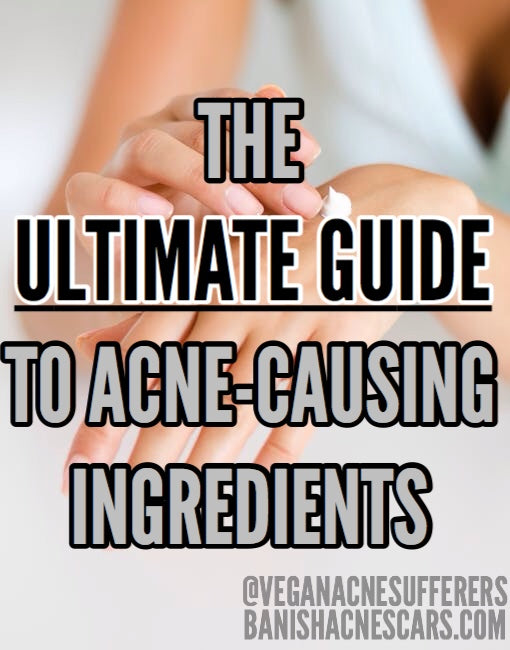


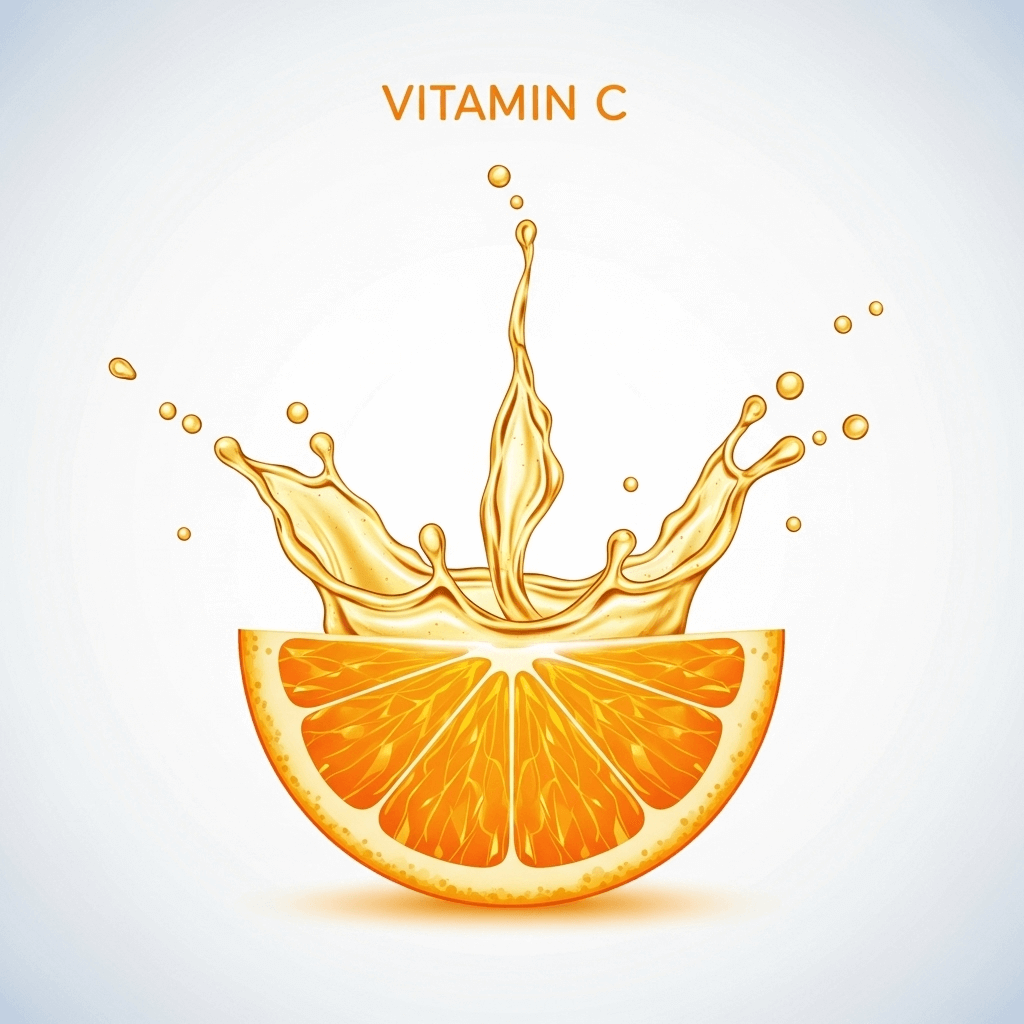
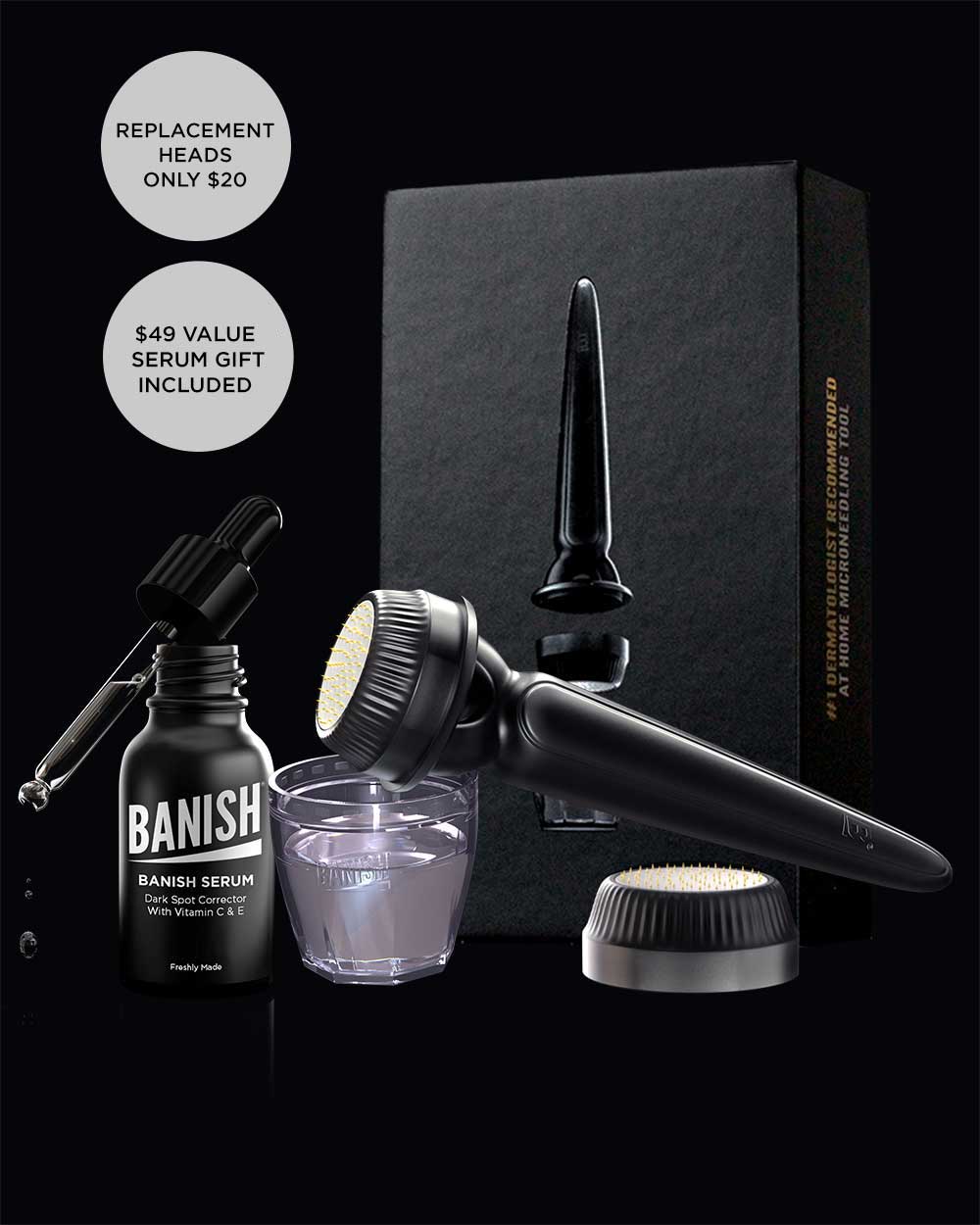
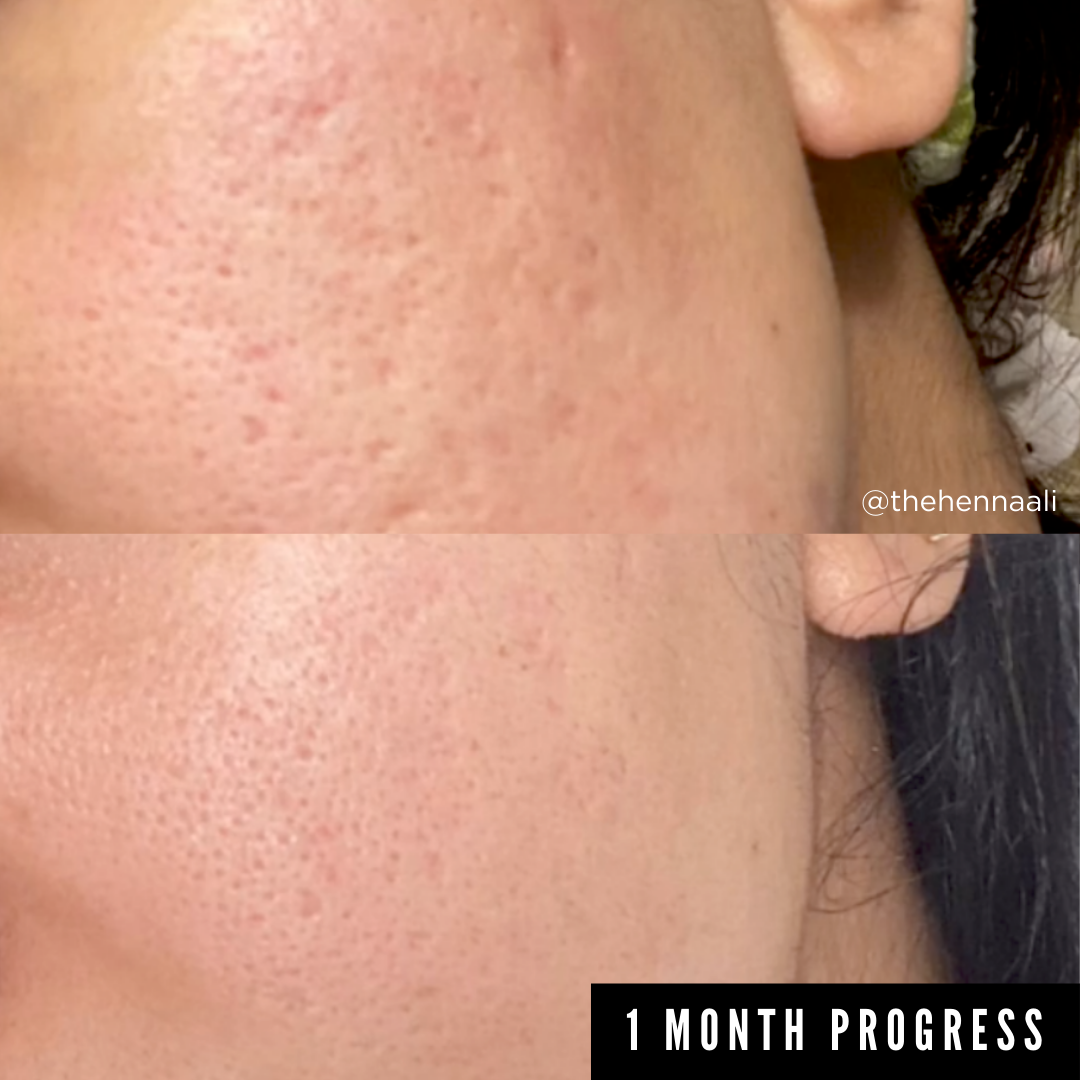

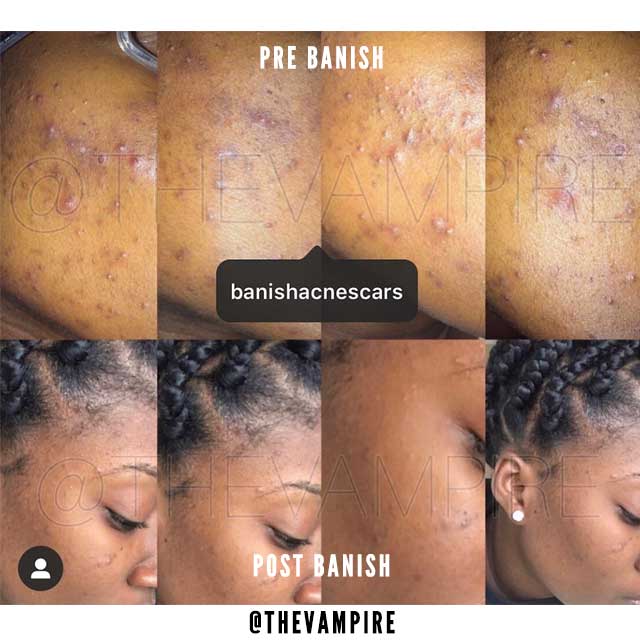
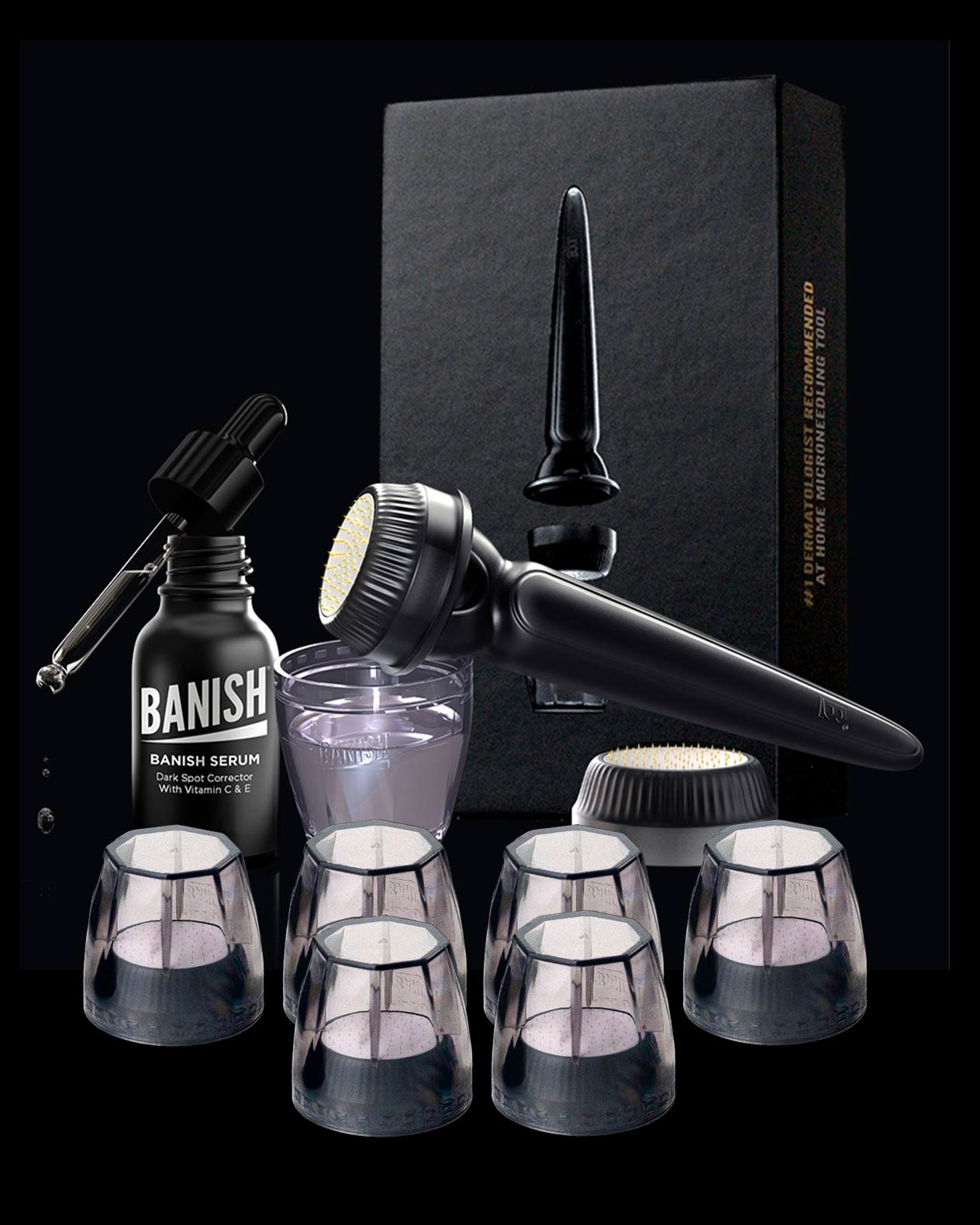
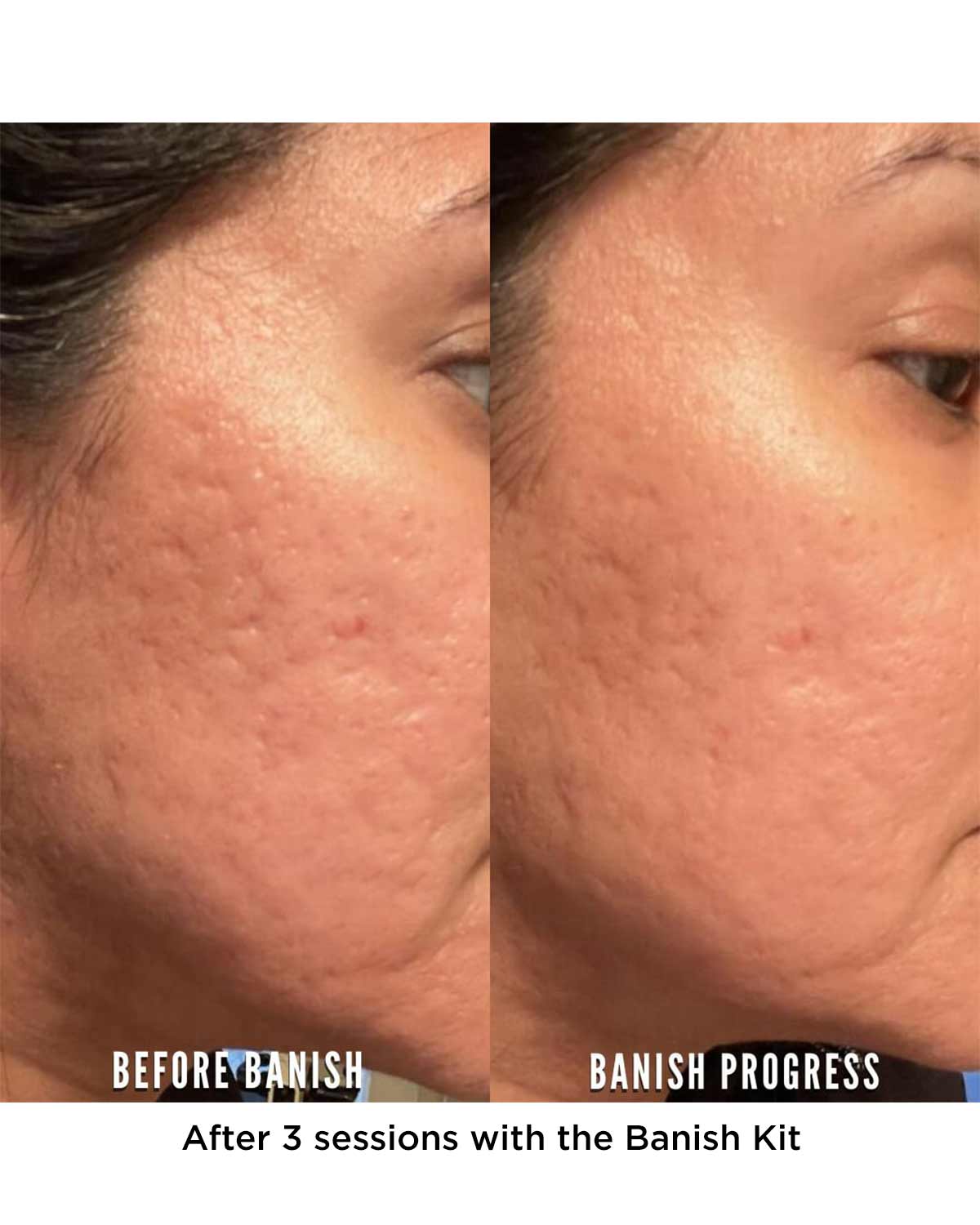
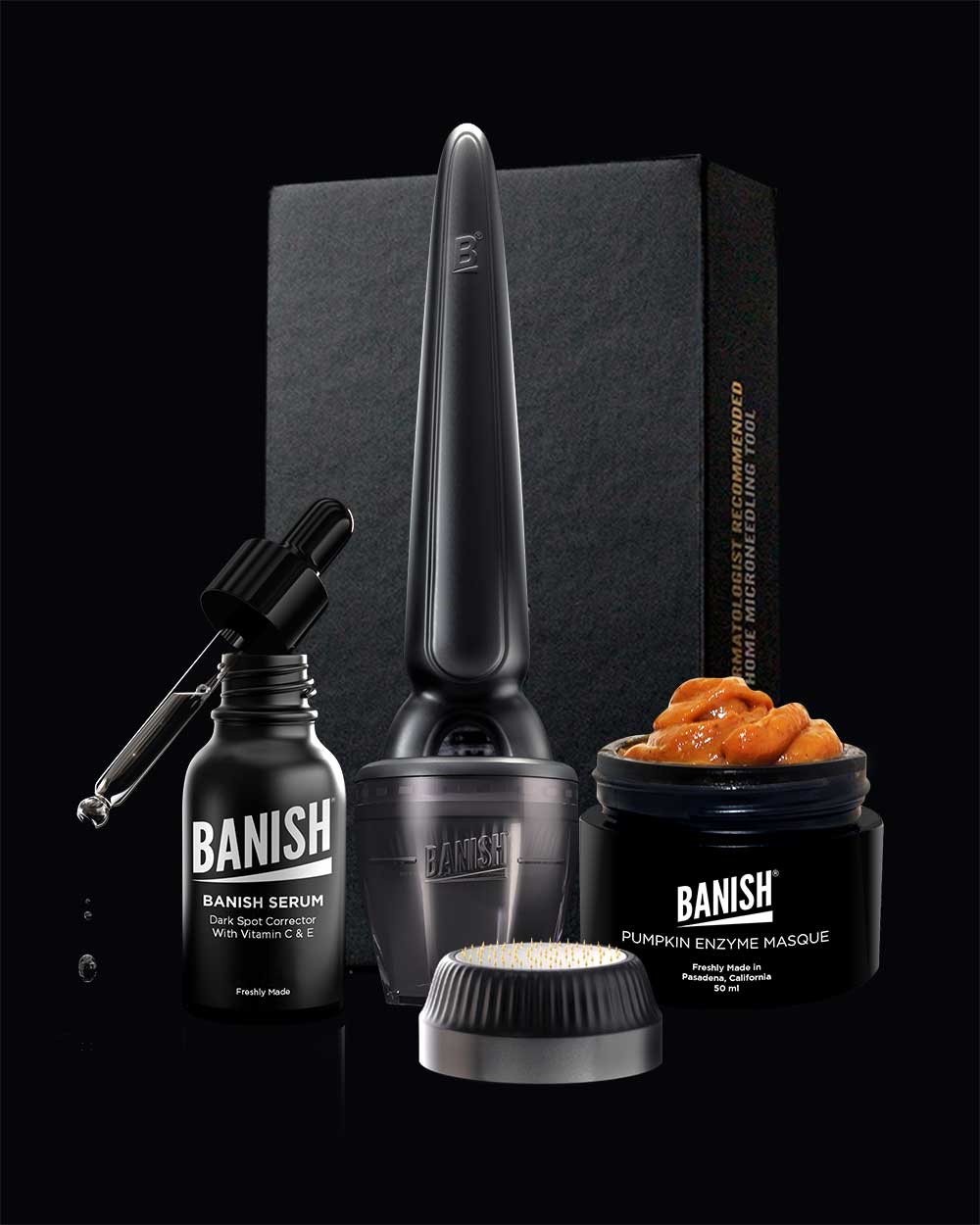
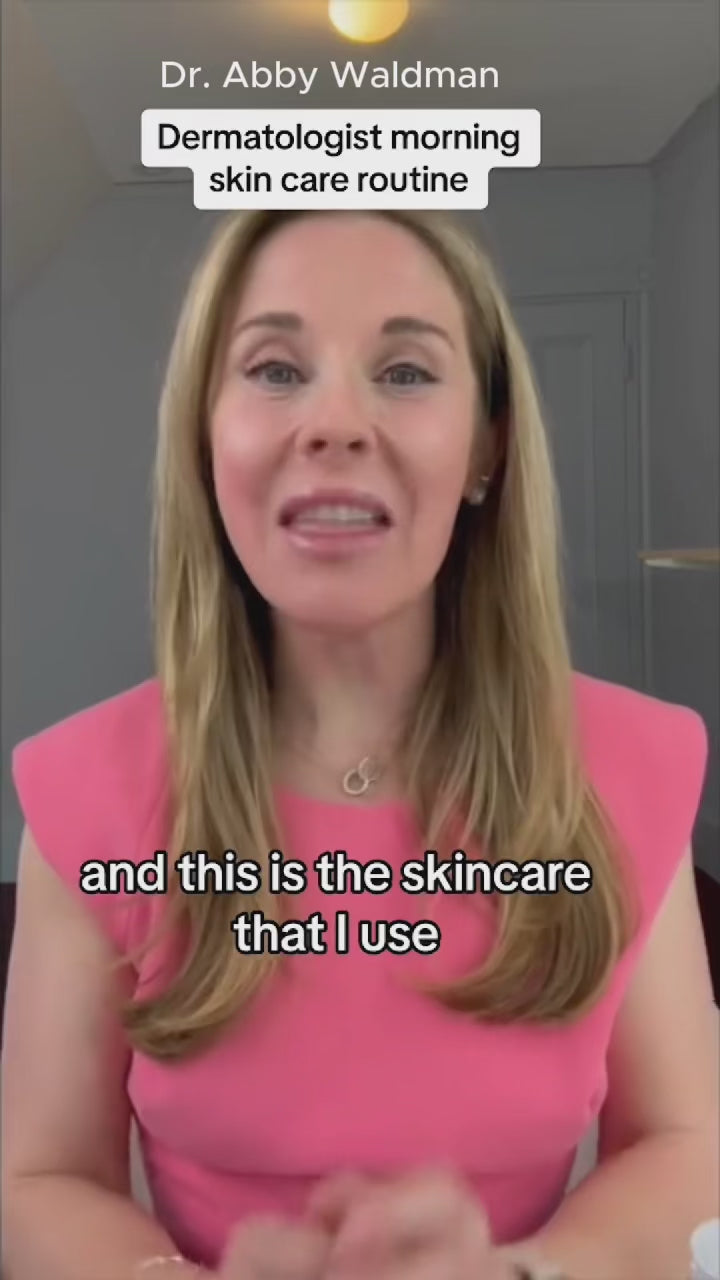
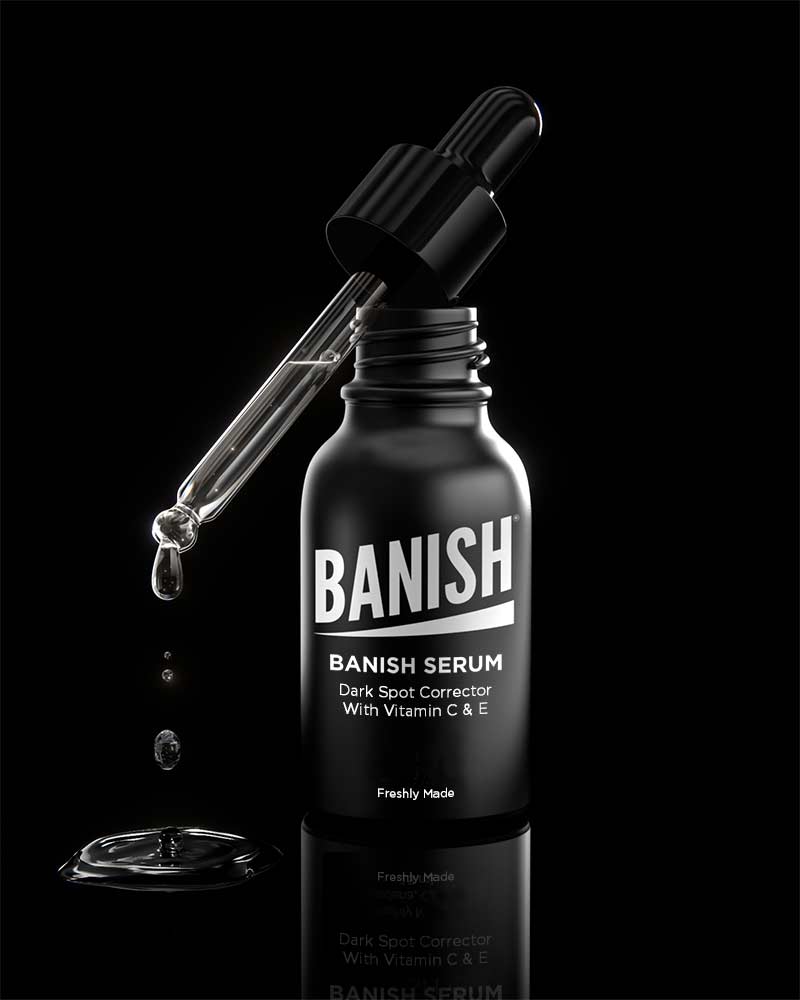

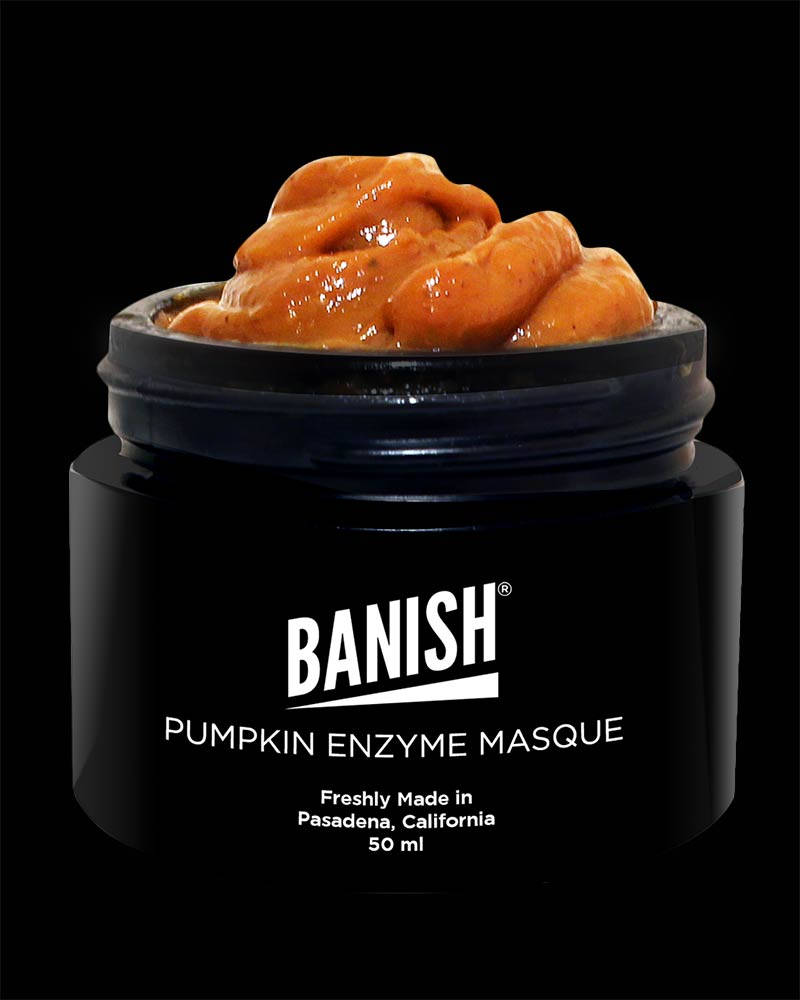

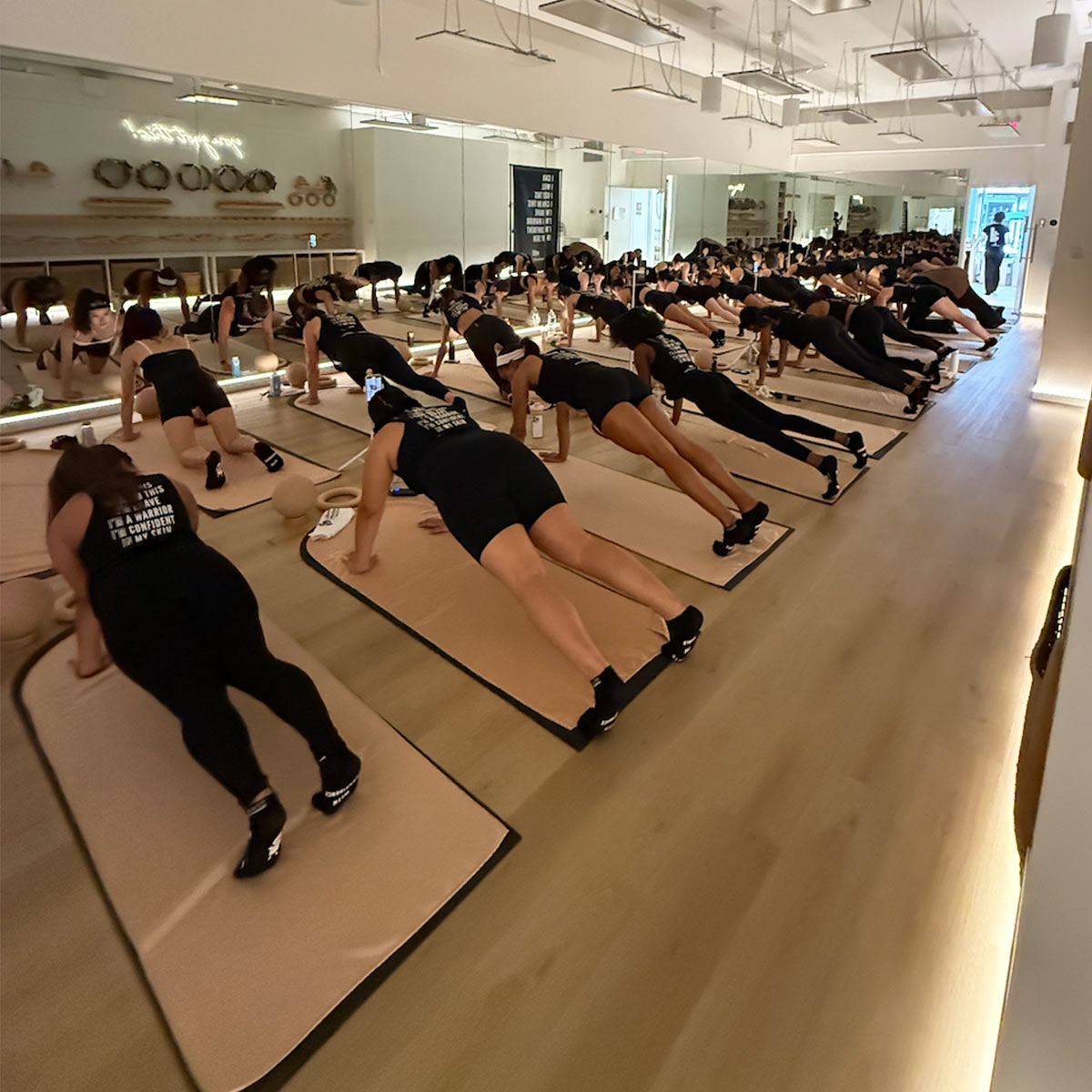
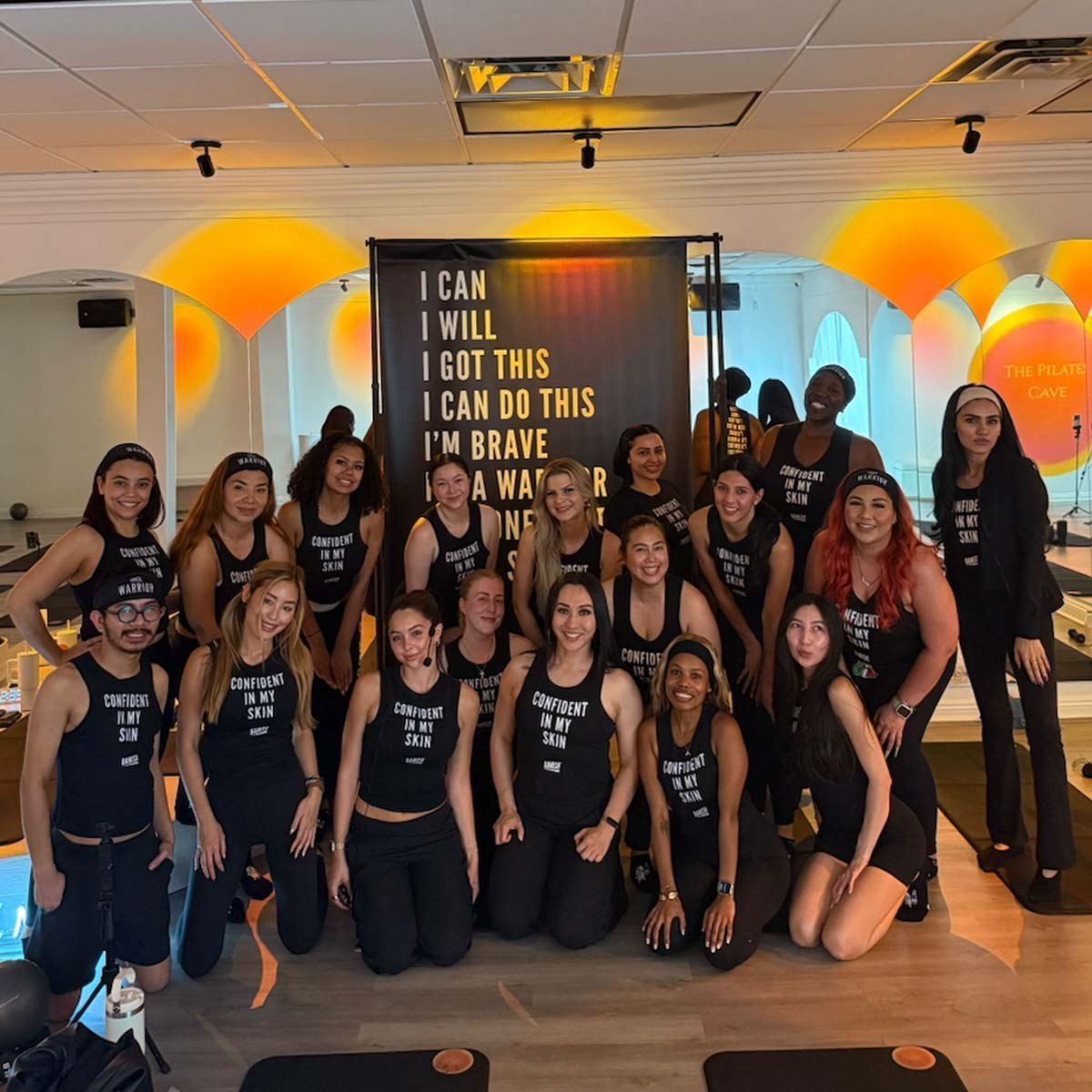
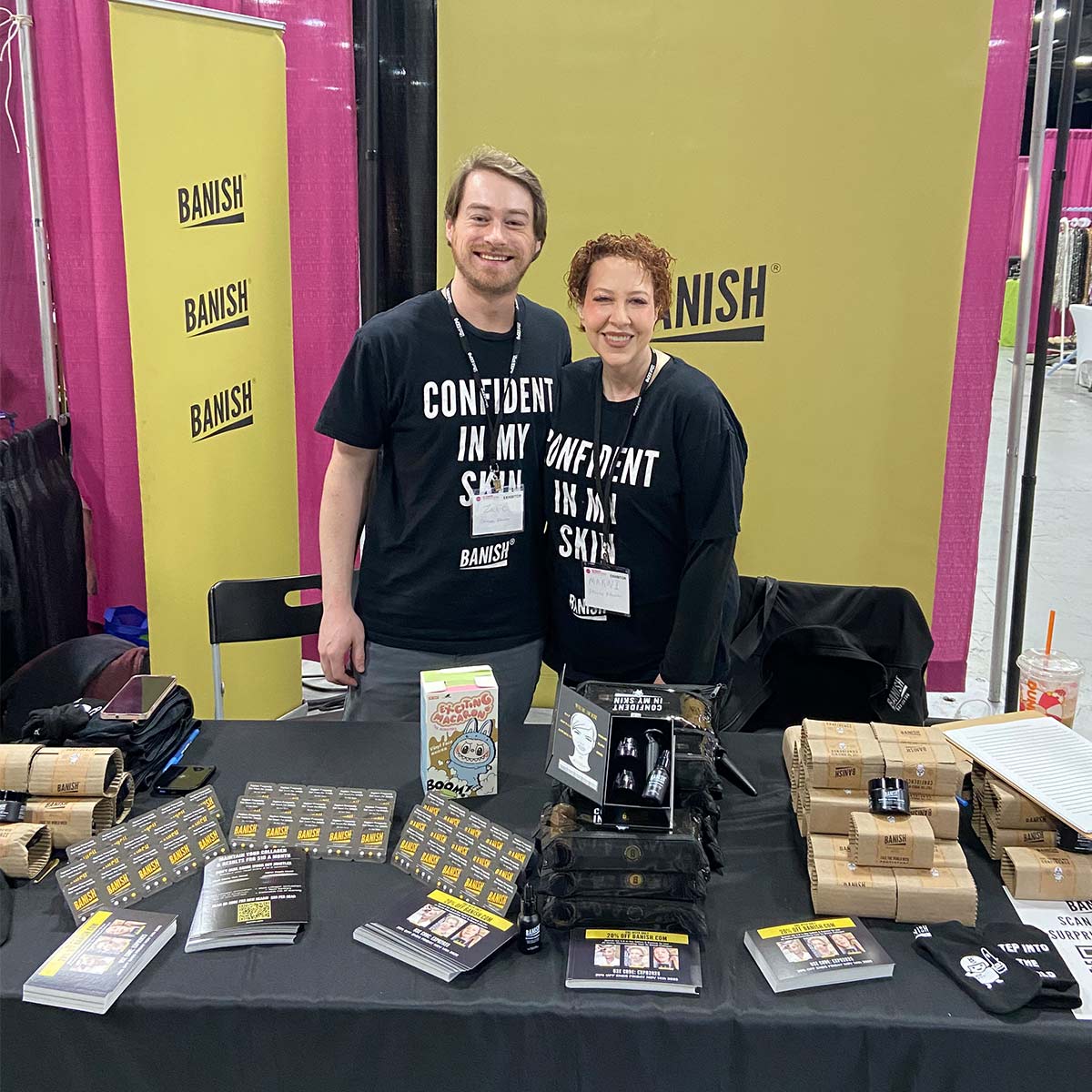
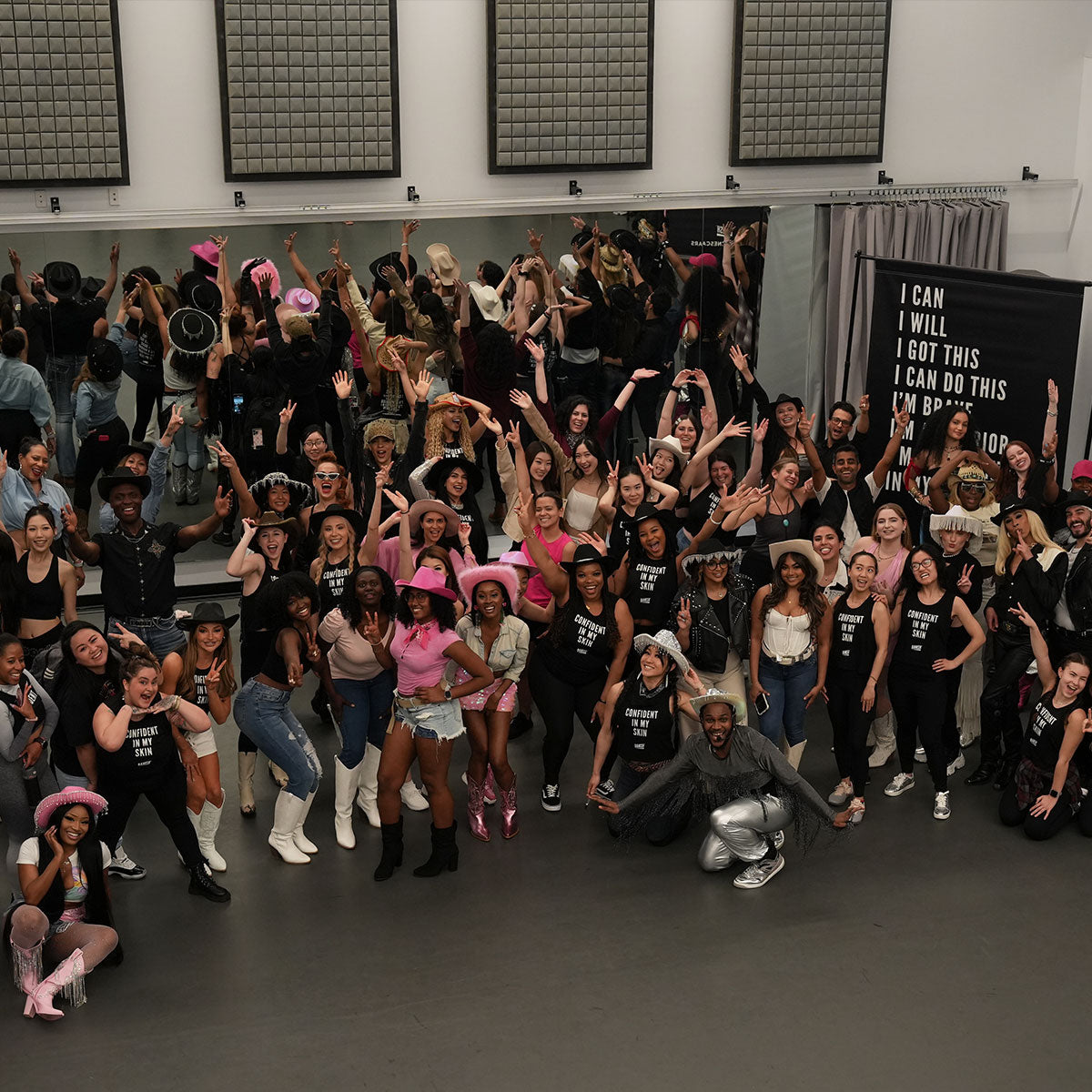





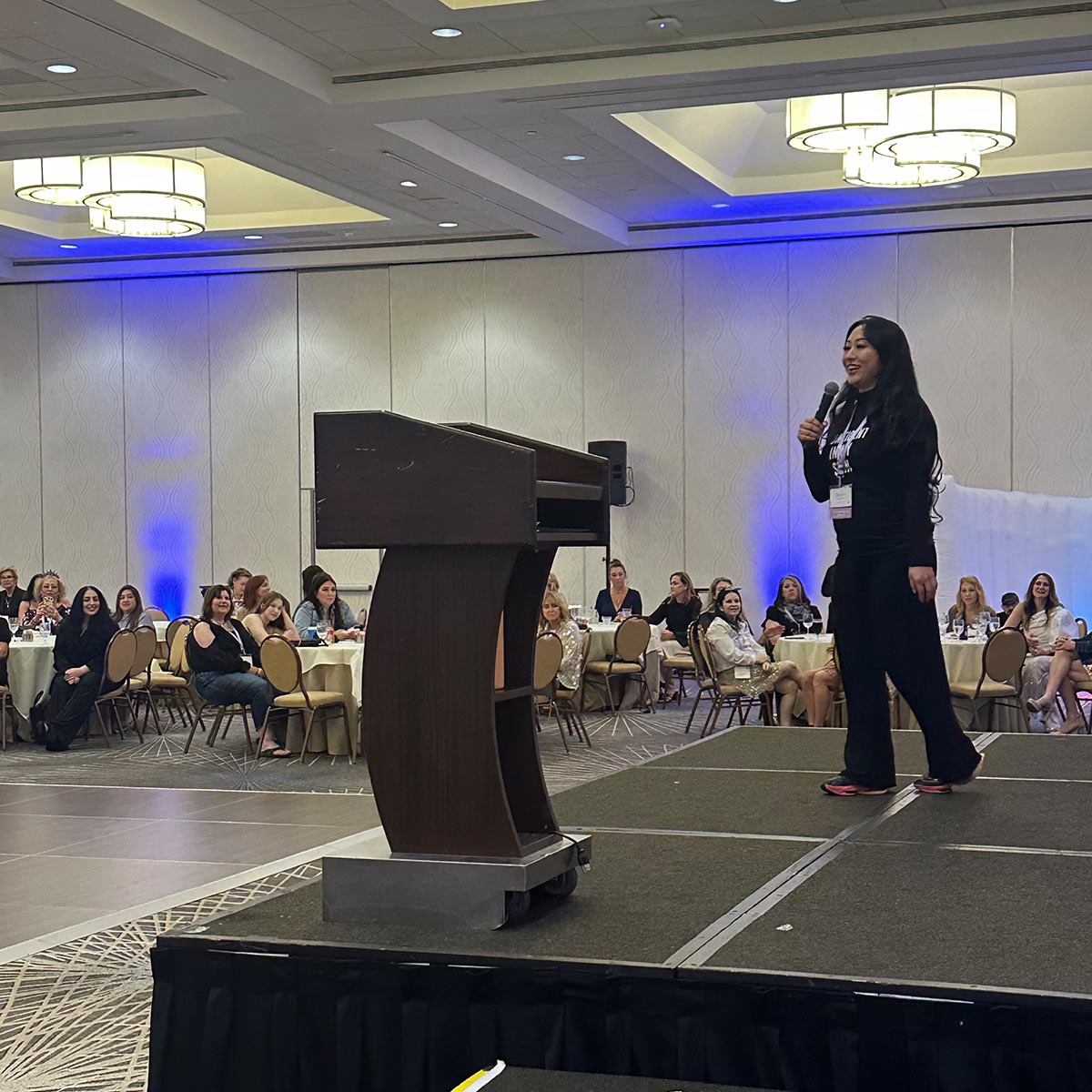
2 comments
kavyapharma
“What a great guide! Thanks for clarifying comedogenic ratings and providing helpful advice to focus on how products really work on our skin instead of just ingredient lists. Very useful and empowering!”
Kimberly Kennedy
You have to add the 5 next to the Acetyl aged Lanolin in your graph. The number you have is wrong. Other than that, great!
Leave a comment
All comments are moderated before being published.
This site is protected by hCaptcha and the hCaptcha Privacy Policy and Terms of Service apply.